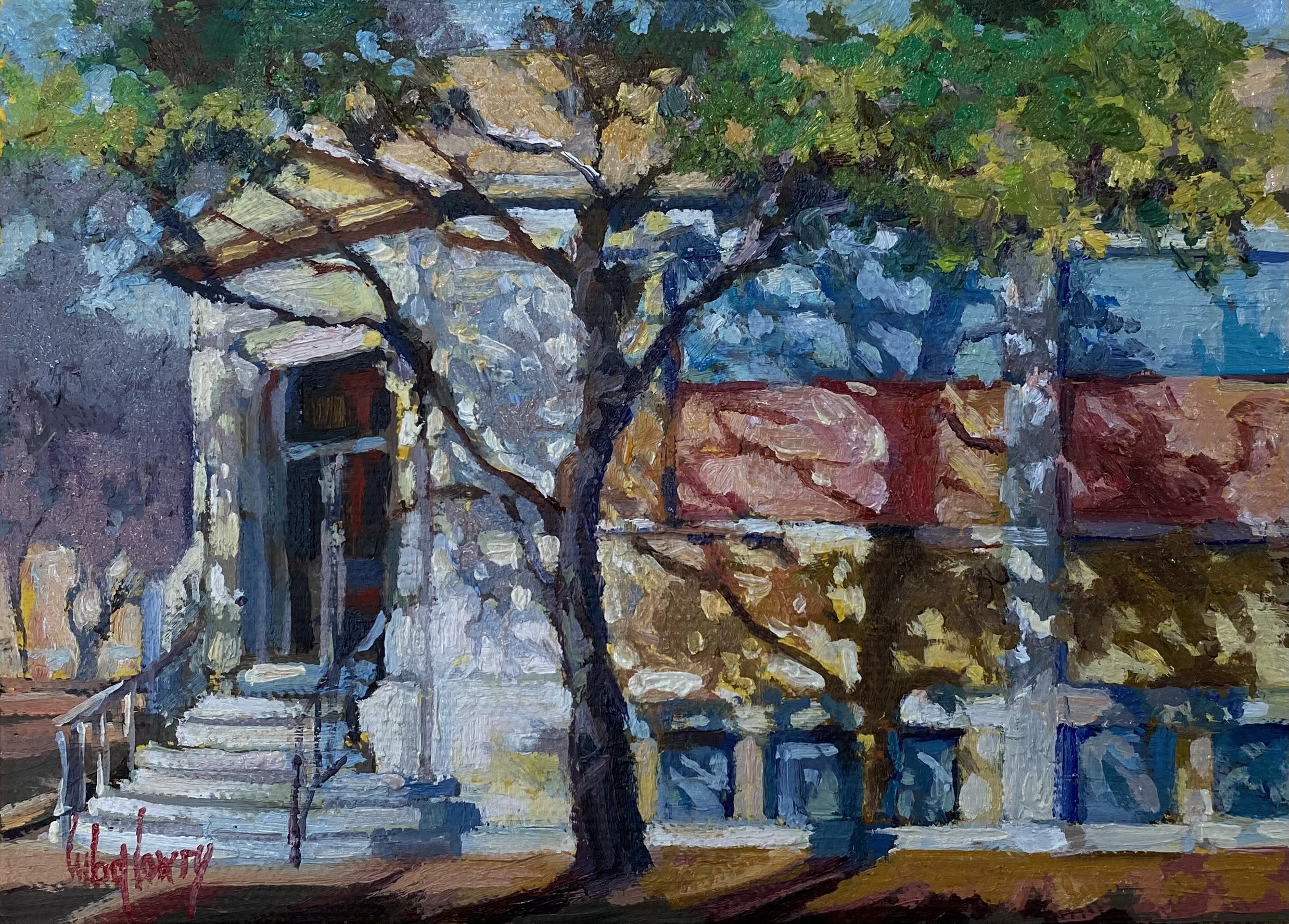#145: Ralph Mark Gilbert Civil Rights Museum
"There comes a time when one must take a position that is neither safe, nor politic, nor popular, but he must take it because conscience tells him it is right."
—Dr. Martin Luther King, Jr.
Ralph Mark Gilbert Civil Rights Museum
The Reverend Dr. Ralph Mark Gilbert (1899-1956) was the father of the civil rights movement in Savannah. His essential contribution to the advancement of civil rights for the local African American population was honored by the formation and naming of the Ralph Mark Gilbert Civil Rights Museum.
The museum building, located at 460 Martin Luther King Boulevard in the Historic District, was built by a Black contractor in 1914 to house the Wage Earner's Savings Bank, which became the second largest bank in Savannah serving African American customers. In later years, the building was home to the Black-owned Guaranty Life Insurance Company.
The surrounding area formed the heart of the city's leading Black-owned business community. This central building later housed the offices of the local Savannah branch of the National Association for the Advancement of Colored People (NAACP) and critical civil rights attorney B. Clarence Mayfield.
Reverend Gilbert came to Savannah in 1939, becoming pastor of the First African Baptist Church on Franklyn Square (see PFS-48). He served this important historic church as its pastor until his sudden and unexpected death in 1956 while traveling in New York on vacation.
In the 1940s, Reverend Gilbert resuscitated and reawakened the Savannah Chapter of the NAACP. He served as the President of the Savannah NAACP Chapter from 1942-1950. Since the end of slavery in 1865, civil rights became the rallying cry of African Americans throughout the country. The NAACP was formed in 1909 to help ensure all persons' political, educational, social, and economic rights by eliminating race-based discrimination. It has been a long fight.
The battlefields where the fight for civil rights took place formed in every county and city throughout America. Jim Crow laws were a powerful force in opposition to the rights of African Americans. Here in Savannah, Dr. Gilbert became the crucial mentor to those men and women who took over leadership at the NAACP in the 1950s and led Savannah's civil rights protest movements throughout the 1960s.
Most important among those who followed his lead was Wesley Wallace Law, who, as a boy, was a member of the Boy Scout Troup led by Scoutmaster Dr. Ralph Mark Gilbert. Wesley Wallace Law succeeded Gilbert as President of the Savannah Chapter of the NAACP in 1950 and led the organization for 26 productive years. He would later serve as NAACP President of the State of Georgia.
W.W. Law founded three important African-American-focused history museums here in Savannah, and I have painted each one. The Beach Institute African-American Cultural Center (see PFS-98) celebrates the first school in Savannah explicitly formed to educate newly freed Blacks after the Civil War. In contrast, the King Tisdell Cottage (see PFS-97) dedicates its space to preserving Savannah's African American history and culture. And here I have painted en Plein air the Ralph Mark Gilbert Civil Rights Museum, focused on the long and continuing struggle for racial equality and justice in Savannah.
The museum has many exceptional displays that tell the details in Savannah of the lunch counter strikes, the sit-ins, the struggles for voter registration, and the crucial economic boycotts of white-owned segregated businesses on Broughton Street in downtown Savannah. As Dr. Martin Luther King, Jr. said long ago: "We must live together as brothers or perish together as fools." Indeed.



